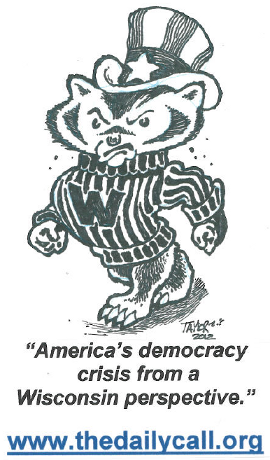It is the new normal to find a student who is working to pay off massive college debt for decades after graduation.
The higher education financial aid system was designed in 1965 to ensure as many students as possible would have access to affordable college degrees - and it worked. But in the 1990s and mid-2000s, crucial law changes favoring lenders at the expense of young student borrowers were enacted, which directly caused the massive $1 trillion in student loan debt crisis that we see today.
These law changes were passed quietly, and student loan debt grew exponentially without much attention. Today, however, in part because of the attention on the problem gained by the Occupy Wall Street movement and the empowered voices of the post-baby boomer generations affected, nearly three of four Americans believe graduates have an unmanageable burden of student debt. This all comes while an astonishingly high 80% see higher education more important than a generation ago.
The lending industry and the influence of its lobbyists have compromised the education system over the past 20 years. Students en masse are going deep into unmanageable debt to obtain a degree, something that was inconceivable just a generation ago.
It cannot be understated how fundamental the changes to the lending system were and how the student loan environment of the past two decades so drastically changed the nature of higher education funding and its skyrocketing costs.
Lenders now face very little risk on the money they lend, have unprecedented powers for collection, intractable consolidation rates and bankruptcy protections that make it easier in a sense to be a deadbeat parent than to lose student loan debt.
The average tuition at public four-year colleges has increased 268% from 1976-’77. Private education has seen a 248% increase since then. Other costs such as books and housing also have exploded.
Today, a minimum-wage earner would need to work 35 hours a week just to afford public university tuition; in 1970, 14 hours a week would cover costs. In 2010, the average total cost for an in-state public university education averaged $20,339. If a full-time student were somehow able to work the full 35 hours a week at minimum wage, he or she still would only make about $13,000 in a calendar year. Affordability gets worse when you imagine attending a private college and coping with that tab, where the annual cost is around $40,000.
The previous generation was able to work hard and pay for school because of assistance such as the Pell Grant. The maximum Pell Grant now covers only about a third of the average college costs, compared to three-quarters in the 1970s.
Students have had to make up the difference with loans. In 2007-’08, 53% of full-time students borrowed to finance college, compared with 34% in 1977. High tuition and the changes to the law regulating the lending industry have resulted in the crisis we see today …
Read the Rest: College debt crippling to young earners - JSOnline.

